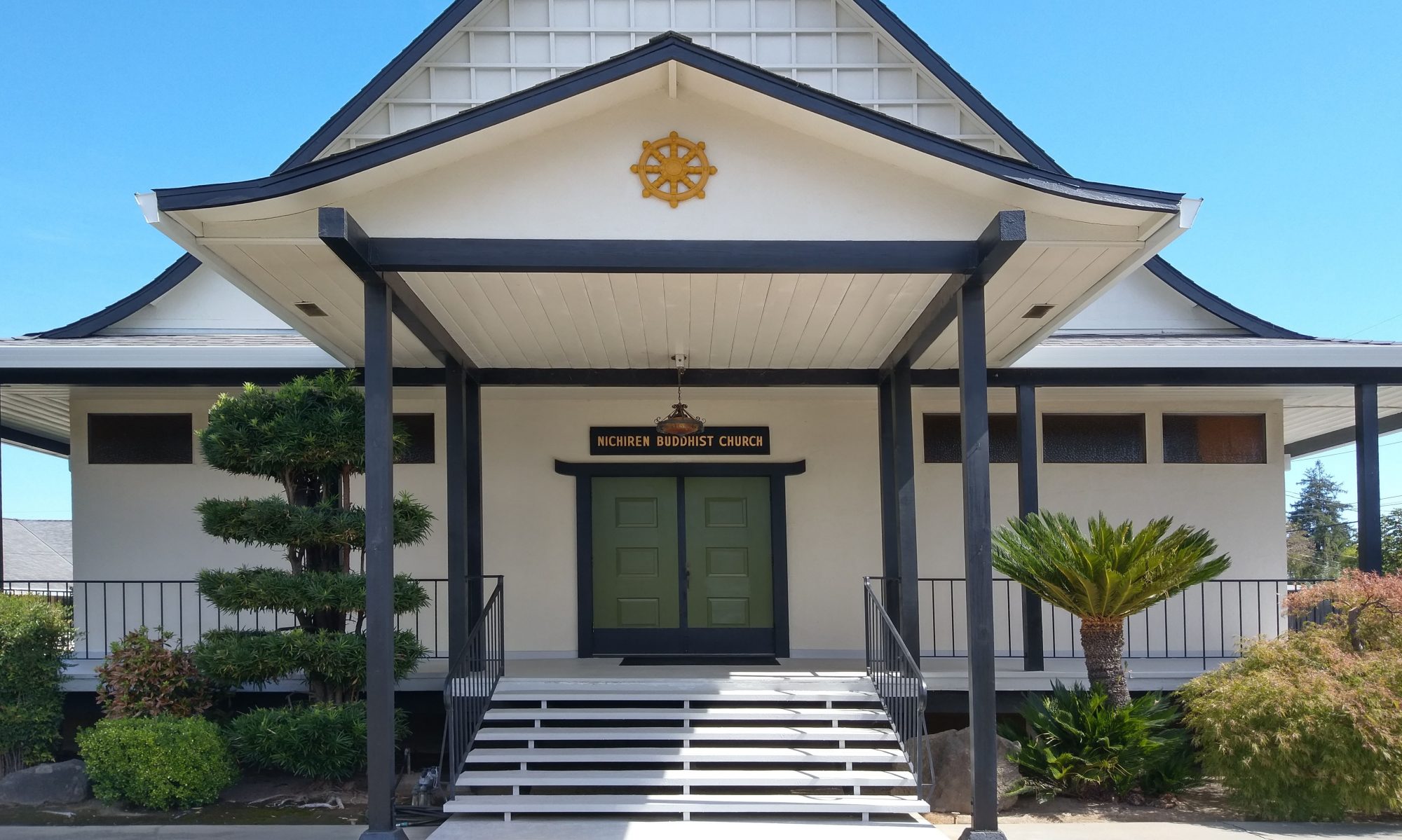In Japan, many Nichiren temples are holding special services on May 12th of this year, which marks 761 years since Nichiren Shonin’s infamous exile to Izu. In this issue, I would like to give a brief recap of the reason and the implications behind this event.
The main reason for Nichiren Shonin’s exile was in response to the claims that he presented to the government in his ‘Rissho Ankokuron.” Explaining the reasons behind all of the calamities that had been occurring in Japan at the time. When Nichiren Shonin was 21 years old, he entered the Buddhist school at Mt. Hiezan and it was there that he realized the significance of the Lotus Sutra. Nichiren Shonin claimed this Lotus Sutra as the most prevalent reaching of the Sakyamuni Buddha and thought that he could use it in order to bring peace into the world. History has it that in order to put his thoughts into action, he retired to the Kiyosumi temple in Chiba, where he began his propagation of the Lotus Sutra.
As the calamities in Japan continued to increase, Nichiren Shonin decided to restudy all of Sakyamuni Buddha’s teachings and reassured himself that the Lotus Sutra was in fact the only way to save the world from further calamities. At the same time, he believed that the source of the calamities came partly from the teachings of the leaders of other sects. Nichiren Shonin thought that while many of the leaders knew that the Lotus Sutra was the most important teaching of the Buddha because many if not all of them had studied at Mt. Hiezan along with Nichiren Shonin. Many of the leaders of other sects found the teachings of the Lotus Sutra to be very difficult and therefore hard to teach to the public. In Nichiren Shonin’s views, they had taken the easy way out and decided to teach the “easier” teachings of the Buddha. As a result, Shotenzenjin (the good deity and protectorate of Japan) left Japan, which led to the calamities that Japan was experiencing. Nichiren Shonin compiled such ideas into the Rissho Ankolruron and boldly-presented it to the government. Upon submitting his ideas, the members of the Buddhist Shinshu sect and the government collaborated together in order to ”make it seem” as if Nichiren Shonin had in fact been exiled to Izu. However, truth was that Nichiren Shonin had instead been left stranded on a thin rock, far away from any island or land in general. Nichiren Shonin seemed to show no objection in dying as a martyr. He would be dying for the sake of spreading Sakyamuni Buddha’s teachings. Therefore, Nichiren Shonin continued to chant the odaimoku while the rock continued to sink deeper and deeper into the ocean. However, history has it that a fisherman by the name of Funamori Yasaburo discovered Nichiren Shonin right before he started drowning. The fisherman put him on his boat and took him back to his home where his family hid and took care of Nichiren Shonin for some time being. In an eventual letter, Nichiren Shonin expresses his gratitude for the fisherman’s actions and states that most likely, the fisherman was the transformation of the Buddha. In this context, we can also interpret this as representing as the Buddha understanding the need for Nichiren Shonin to continue his propagation of the Lotus Sutra in order to save Japan and also the rest of the world from further calamities.
We as human beings living in this suffering world and even as followers of the Lotus Sutra undergo many hardships. However we must learn to interpret such hardships as being a way for us to decrease our “bad karma” in order for us to eventually reach enlightenment. We must remember that one of the important reasons for being born into this world is to practice the Lotus Sutra, which will help us rid of our bad karma.
Ven. Kenjo Igarashi
May/June 2022
